|
Palmstand is an unsung hero for the body, directly helping two of the most common physical ailments: a tight neck and a weak abdomen. These two problems lead to all kinds of issues in the body, nervous system and mind, making us uncomfortable, unhappy and perhaps even injured.
Palmstand is accomplished by sitting, placing the hands by the sides of the hips, and then lifting the butt and legs off the floor. It can seem impossible at first, but you can begin by lifting only the butt up and leaving the feet down. It can also help to put blocks under the hands, giving a little extra height. NECK & SHOULDERS In our culture we spend lots of time in front of computers, with our shoulders hunched up and forward. Over time this leads to a tight neck and tightness on the tops of the shoulders. This is exacerbated by the infrequency with which we push (or pull) things down with our shoulders. What ends up happening is the top of our shoulders and neck become overly engaged while the bottom of our shoulders, which act to counterbalance the top, are weak and underdeveloped. The way to remedy this problem is to develop strength underneath the shoulders by pushing them down strongly. This is where Palmstand comes in. The action of the posture requires a powerful downward push. When you do it, you may notice that your neck becomes long, as do the tops of your shoulders. If you do the posture regularly, you will develop strength under the shoulders, balancing the joint and releasing the neck and shoulder tops! ABDOMINAL STRENGTH It is well-known that most of us have weak abdominal muscles, and that this weakness can lead to all sorts of problems like poor digestion and back pain. This is why "core strength" has become so popular and exercise regimes like Pilates are making a comeback. In Palmstand the legs are held aloft by the abdominal muscles (along with the hip flexors), making them quite strong. If you find yourself struggling to lift the legs, know that your effort is strengthening your abs and that in time you will get them up. The posture ends up being quite engaged, with your muscles so tight that breathing is difficult. This is okay. Hold the posture strongly for a few seconds before relaxing and breathing. Then do it again. With practice, Palmstand balances the body and remedies two of the most common physical issues in our culture.
0 Comments
In the yoga world, forward folding is practically an obsession. We stand with our legs together and bend forward, we separate our feet and bend forward, we stand on one leg and bend forward, we sit and bend forward...you get the idea.
But most of us know that we need to strengthen our abdomen to support the spine and release the low back. The same can be said for the hamstrings: strengthening them will stabilize the pelvis and support the spine. HIP FLEXORS The muscles in the front of the hips, called the hip flexors, are another well-known area of tightness in the body. Their tightness is exacerbated by the amount of sitting we do. This tightness creates length in the hamstrings, because the two muscle groups are reciprocally related, i.e. the condition of one group is generally the opposite of the other. It is well-known that we need to lengthen the hip flexors to relieve hip and spinal issues. Because the hip flexors are reciprocal to the hamstrings, length (stretching) in the hamstrings will lead to more shortness/tightness in the hip flexors, which is undesirable. Another reason why the hamstrings should be strong, not long. STRENGTHEN THE HAMSTRINGS
Hopefully you can see that strong hamstrings will help to alleviate many common problems in the pelvis and spine, and that over-stretched hamstrings will exacerbate frequent pains and imbalances. So, how do we strengthen the hamstrings? Squatting exercises and postures like Chair Posture go a long way to strengthening the hamstrings and glutes. They also integrate the hips with the abdomen, which is great. See the link on the right (Understanding Chair Posture) if you have questions about how to do Chair Posture. Another great way to strengthen the hamstrings is by tipping the body forward halfway, as in Balancing Stick, pictured at the top of this article. Balancing stick is done on one leg, but you can also do the exercise on both legs by standing on two feet and bending forward halfway. Don't go past halfway, since we're not trying to stretch the hamstrings. Two great strengthening postures can be done lying on the back: Bridge Posture and Jastiasana, both pictured above. Lie on your back and lift your hips in the air. You will need strength in the back of your hips, and this strength will help to release your hip flexors. Here are three of the simplest and most useful postures you can do. Do them in the morning right after you get out of bed, do them in the middle of the day for a boost of energy or to reduce your stress. You can do them late in the day, too, but then you should do the Wind Removing Posture twice instead of once. It will prevent your nervous system from getting too energized before bed.
PLANK (pictured above left) This posture will strengthen your arms, shoulders, chest and abs. It can help improve your posture and reduce back pain. Hold the body as straight as possible, including the spine, hips and legs. It will be difficult to breathe, but that is because you are using your muscles. Take small breaths, keep your neck and face relaxed, and hold the posture for a minute if you can. Then rest and breathe normally for a minute. COBRA (pictured above center) This posture will strengthen your back and release tension in your chest and throat. It compresses the kidneys and adrenal glands in your mid-back, helping to reduce stress by reducing cortisol. It will help to stabilize your spine, reduce back and neck pain. Lie on your belly with your hands under your shoulders. Lift your head and shoulders using the muscles of your back. You may need your arm strength a little bit, but use it as little as possible. You will feel the muscles on your back near your spine light up. Breathe up high in your chest, near your collarbones. Hold it for a minute if you can. Then relax and breathe normally for a minute. WIND REMOVING, SEATED (pictured above right) This posture calms your central nervous system and stimulates your digestion and immune system. It is so simple to do, yet incredibly effective. Sit and pull your knees close to your chest. Wrap your arms around your legs. Now breathe deep into your belly. This is important. As you inhale, you will feel your abdomen expand and press into your legs. This type of breathing affects your nervous system, digestion and immune system. Do this for a minute and then lie down on your back and relax for at least one minute. In our normal bodily positions like standing or sitting, the head is above the heart. Pumping the blood from the heart up to the head requires fighting the effects of gravity, so blood pressure in the head is higher than other parts of the body.
When we adjust the position of the body, as we often do in yoga practice, the head sometimes goes below the heart. When this happens, gravity pulls blood into the head, raising the blood pressure. Our body adjusts by decreasing the blood pressure in the head to protect the brain and face. This effect can be both positive and negative depending on our health and our bodies' ability to adjust the pressure. If we are healthy, the shifting of the blood pressure up and down can be beneficial, teaching our systems how to respond to changing conditions. This is why healthy people should put the head below the heart. If we have high blood pressure we must be very careful. Whenever the head goes below the heart, it is possible that the blood pressure will get dangerously high before the body responds. Or the body may not respond effectively and let the blood pressure stay too high for too long. So those of us with high blood pressure should take care when putting the head below the heart. We can do gentle "inversions" by bringing the head even with the heart or only slightly below. This can be done in forward folding positions and kneeling positions like Half Tortoise or Child's Pose. Our feet are where the body contacts the floor/earth. Every ounce of our body's weight goes through them with each step, whether we have a light step or plod heavily. So they are vitally important to our physical health. Poorly functioning feet lead to a poorly functioning body much the same way that damaged wheels make a poorly functioning car.
We have all heard of "flat feet," where the inside arch of the foot collapses toward the floor, often creating painful repercussions in the ankle, knee, hip and even back. This condition commonly refers to just one of the arches of the foot---of which there are four---the medial longitudinal arch (labeled above, #1). That is a fancy way of saying the lengthwise (longitudinal) arch on the inside (medial) of the foot. Most of us just know it as the "arch." This well-known arch of the foot is not structured like a weight-bearing arch. It is built more like a spring that bends when we put weight on it and bounces back as we release. This is how some of the "spring in our step" occurs, as the arch recoils. This arch can be bolstered with muscular strength, like lifting the inner ankles up and pulling the ball of the foot toward the heel. The second major arch of the foot is the lateral longitudinal arch, which means the lengthwise (longitudinal) arch on the outside (lateral) of the foot. It is labeled in the picture above with #2. This arch goes from the heel area toward the pinky toe. It is a very stable arch, with bone structure like a traditional weight-bearing arch. Due to its structure, this arch rarely collapses or gives us trouble, so we don't even realize it's there. The third arch of the foot goes across the foot, so it is called a transverse arch. Since it is closer to the ankle, it is called the proximal (near to the body) transverse arch, labeled #3 in the picture above. This arch, like #2 above, is structurally very stable and rarely collapses or gives us trouble. This arch is also called the anterior (forward) transverse arch. The fourth arch of the foot is sometimes not considered an arch at all because it is not formed by arch-like bony structures. Instead, this arch is made of soft tissues like ligaments, muscles and fascia, stretching from the big toe to the baby toe. It is called the distal (far from the body) transverse arch, labeled #4 in the picture above. Since it is not a bony-structured arch, this often gives us trouble due to weakness and under-use, especially since we wear shoes that decrease our body's need to access it. It can be strengthened though simple exercises like making fists with the toes. Try standing with bare feet. Shift your weight around your feet, from front to back and side to side. Pay close attention and see if you can feel the arches and structures in your feet. They are important! Bending the spine backward, or "backbending," has myriad benefits to the body and mind. You can do it standing, kneeling, lying on your belly or even on your back. In our culture of sitting in chairs and hunching over a computer or phone, backbending is more important than ever for simple, functional health. Here are 5 reasons to backbend:
5. Improve your posture: Most of us spend the day sitting and hunching to some degree. Our back arches forward, the chest collapses and the head juts forward. The back muscles get longer and weaker and lose their ability to hold the body upright. Over time this can lead to shallower breath, digestive issues and pain in the chest and back. Doing backbends, especially ones that encourage strength like Cobra, Bow or Full Locust (pictured above), will straighten the spine, lift the chest and head. This goes a long way to preventing all the problems listed above. 4. Energize your nervous system: Bending the spine backward exposes the chest and throat, stimulating our sympathetic nervous system (fight or flight response). For those of us who are lethargic or sluggish, this stimulation has the ability to energize the mind and body. 3. Increase confidence: As explained above, backbending stimulates the sympathetic nervous system, increasing our alertness. If we do backbends while lying on our bellies, we also push the pelvis into the ground, which stimulates the secretion of testosterone. Combining these two---alertness and testosterone---has the general effect of boosting self-esteem and confidence. 2. Improve your digestion: We usually sit or stand with a slight hunch, our ribs pressing down on our bellies. Unless we move around a lot, the intestines (in our bellies) become somewhat stagnant and lose some of their ability to move food through the digestive system and waste out. When we bend backward, this whole area gets stretched, drastically changing the shape of the intestines and abdominal viscera. This often has the effect of unsticking stagnant areas in the gut. 1. Reduce stress: When we backbend, we compress the back of the body where the kidneys and adrenal glands are located. This has the effect of reducing cortisol in the blood, lowering our stress on the chemical level. Several scientific have shown this to be true, one of the great "medical" benefits of practicing yoga and backbending. When taken altogether, these benefits make backbending a powerful tool for mental and physical health. Uddiyana and Nauli are traditional yogic practices. They date back more than 500 years to at least the Hatha Pradipika.
To do Uddiyana, one holds the breath out and then expands the ribcage as if inhaling. What results is a vacuum in the abdomen which sucks the belly, intestines and organs up. Uddiyana means 'flying up.' "This practice is called Uddiyana because the diaphragm is made to fly up from its original position and held very high in the thoracic cavity." (Yoga Mimamsa, Vol. 1, Oct. 1924) In the early 1920s, Swami Kuvalayananda began a school and laboratory, using modern scientific equipment to test traditional yogic practices and publish the results. His newsletter is Yoga Mimamsa, which started in 1924 and continues today. The first edition was dedicated to the study of Uddiyana. They performed two ground-breaking studies, one involving early X-Ray technology to view the intestines, and the other measuring the internal pressure of the abdominal cavity during Uddiyana. "This exercise has been studied under the X-Ray. Very interesting and valuable data have been collected. Two X-Ray experiments are published...and an article discussing the therapeutic value of this Yogic practice is included..." (ibid.) The pictures above are from the 1960s, when Dr. Gouri Shankar Mukerji performed a similar experiment. These pictures are much clearer than the ones from 1924, which is why we post them here. The x-rays from 1924 are cloudy and difficult to discern. In the above pictures, one can clearly see that Uddiyana pulls the intestines and organs up into the thoracic cavity. The second test measured pressure in the intestines and rectum during the practice. They found that internal pressure is reduced, creating a partial vacuum. "As soon as the muscles were moved for Nauli, the mercury fell through 40 mm. indicating a clear partial vacuum." (ibid.) The discovery of this vacuum was significant, since scientists of the time hypothesized that Nauli reversed the peristaltic movement of the intestines, which would be detrimental to health. The discovery of the partial vacuum refuted this idea. Kulvalayananda named his discovery the "Madhavadasa Vacuum," after his esteemed teacher. As a teacher, there are few skills more useful than the ability to modify postures to fit the needs of an individual student. In sheer value it rivals the ability to lead a class, but modification requires significantly more knowledge and patience. After all, each classroom is filled with individuals who have different strengths, weaknesses and injuries.
THE PURPOSE OF THE POSTURE Modifying any yoga posture or practice requires two things. The first is knowledge of the posture: What is its purpose? What are we trying to accomplish through its practice? Second is understanding how to adjust a posture to bypass a student's injuries and limitations while maintaining its primary function. Each posture is nothing more than the sum total of its benefits. Does it build strength, flexibility, massage the intestines, affect the blood pressure, etc? Each posture has a unique combination of benefits that defines its purpose. To know these benefits is to understand the posture. Of course, some benefits are more important than others. In general, benefits to the spine, torso, abdomen and circulatory system are more important than the extremities like the arms and legs. Coincidentally, many of the limitations that yoga students have are in their extremities: knee replacements, tight shoulders, painful feet, shaky balance. This means that we can often improve a student's ability to execute (and therefore obtain the benefits of) a posture by removing the extremities and focusing on the center. INTENTION
This posture compresses the intestines, encouraging movement that aids digestion and elimination, removing air. Most of the power of this posture comes from the breath. Once you are holding the knees tightly, relax the abdomen and breathe deeply into the belly. The belly will push against the thighs, building pressure within. This creates internal heat and massages the intestines. Keep the spine as straight as possible. BREATH Breathe deeply into a relaxed abdomen. Inhale and exhale slowly and completely. BENEFITS This posture improves digestion and reduces bloating in the belly. It stretches the hips and knees. It strengthens the breathing muscles, including the diaphragm. It improves lung capacity and breath control. Excerpt from the Ghosh Yoga Practice Manual - Beginning. The New York Times just reposted an interview with exercise physiologist Dr. Oliver Jay, asking if there are health benefits associated with sweating, and if more sweat means more benefit. This is a question that hits home to us as yogis who strive to build inner heat, and especially as part of the Bikram and Hot yoga communities where lots of extra heat is added for supposed increased benefits.
“There’s this entrenched idea that it’s good to ‘sweat things out,’” Dr. Jay said, but in fact “sweating, per se, provides no health benefits,” apart from preventing overheating. Exercise, especially vigorous exercise, raises the internal body temperature. "The benefits derive from the exercise itself," not the accompanying rise in body temperature or the sweat that is meant to cool us. Perspiring, in and of itself, does not provide or amplify those effects, Dr. Jay said. That situation doesn’t change if you’re sweating due to a hot environment. “Sweat is sweat,” he said. You will perspire more if the air is humid, he said, because sweat doesn’t evaporate efficiently in humidity, and it’s evaporation that actually cools your body. But you aren’t gaining extra health benefits from drenching your clothing with perspiration. CONSIDERING "HOT" YOGA We got our start in Bikram's class, where the temperature is 105 degrees and you sweat like crazy. There is a continuing trend toward making yoga hot to induce more sweating and increase muscle flexibility (which largely happens through numbing the nervous system, but that's another story). Also there is the "sauna therapy" argument, that when exposed to high temperatures the heart rate increases and the blood vessels dilate, improving cardiac and vascular function. There is new research that practicing yoga in high heat may have a positive impact on cholesterol levels. Contrarily, there is new research that many of the vascular benefits of yoga and stretching are gained at room temperature just as well as in a heated room. CONCLUSION? There are 3 main arguments for practicing yoga or exercising in the heat: 1) increased effectiveness of the exercise, as indicated by rise in body temperature and amount of sweat; 2) increased mobility and flexibility; and 3) benefits to the cardiac and especially vascular system. Argument #1 is simply not true. An exercise is not more beneficial when done in heat, and more sweat - even higher body temperature - does not mean more benefit (see the NY Times article). Argument #2 is a double-edged sword. Heat-induced flexibility may be beneficial to certain parts of the population, like the elderly or injured, but it is detrimental to those who are already flexible, encouraging hyper-mobility. For the general public it's a toss-up. Argument #3 is a good one, and it's gaining clarity with each passing study. Pure Action is funding research to try to tease out the vascular benefits that may come from heat without yoga, those that may come from yoga without heat, and those that are accentuated when the two are put together. |
AUTHORSScott & Ida are Yoga Acharyas (Masters of Yoga). They are scholars as well as practitioners of yogic postures, breath control and meditation. They are the head teachers of Ghosh Yoga.
POPULAR- The 113 Postures of Ghosh Yoga
- Make the Hamstrings Strong, Not Long - Understanding Chair Posture - Lock the Knee History - It Doesn't Matter If Your Head Is On Your Knee - Bow Pose (Dhanurasana) - 5 Reasons To Backbend - Origins of Standing Bow - The Traditional Yoga In Bikram's Class - What About the Women?! - Through Bishnu's Eyes - Why Teaching Is Not a Personal Practice Categories
All
Archives
May 2024
|

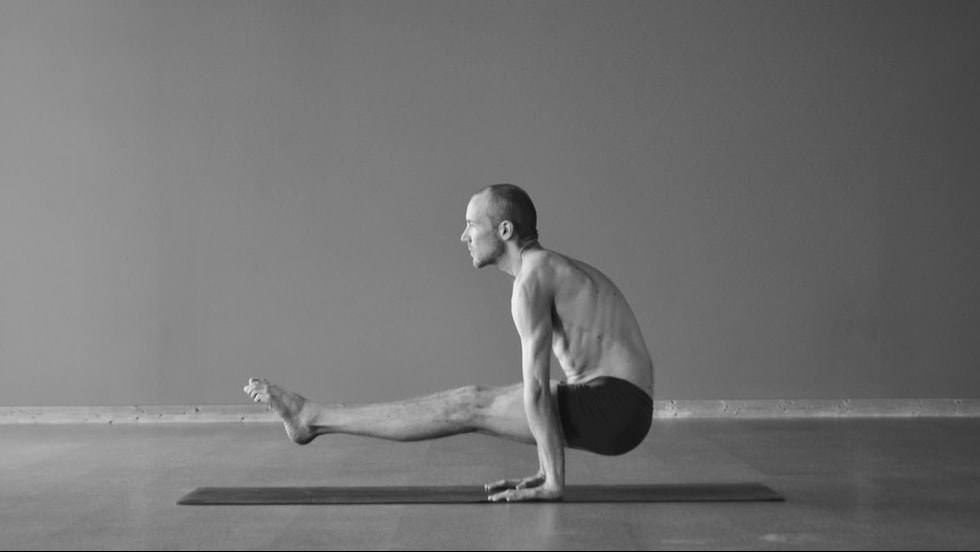
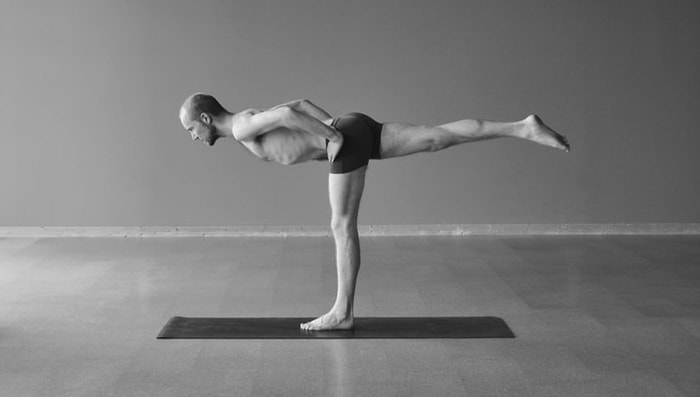
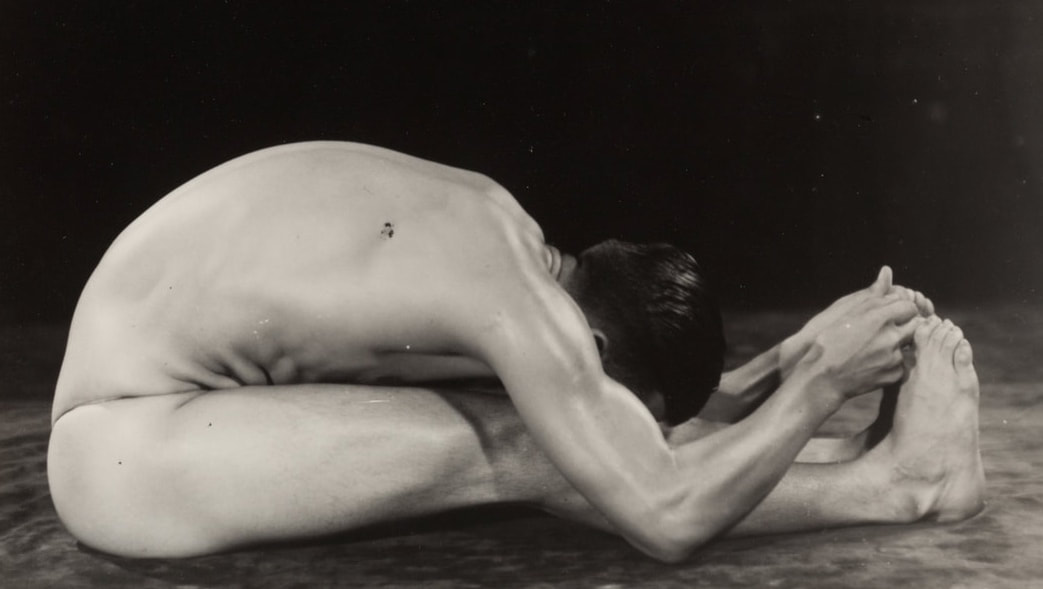
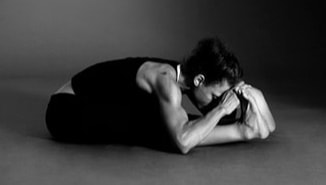
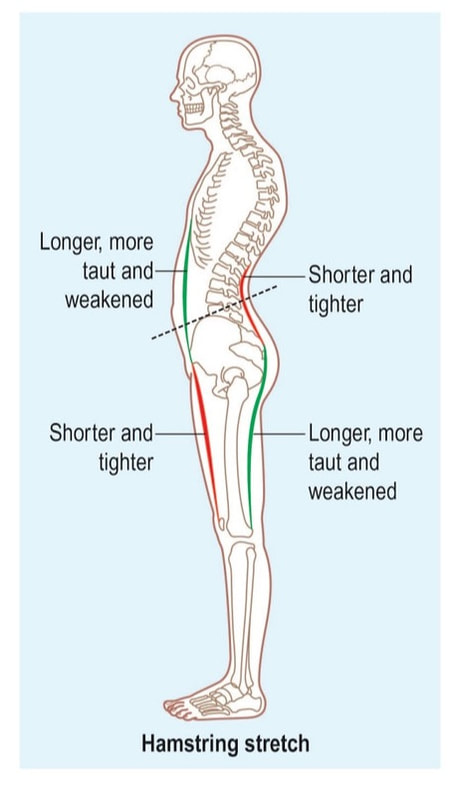
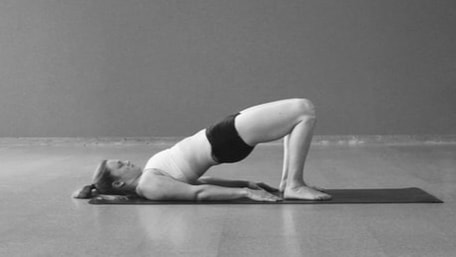
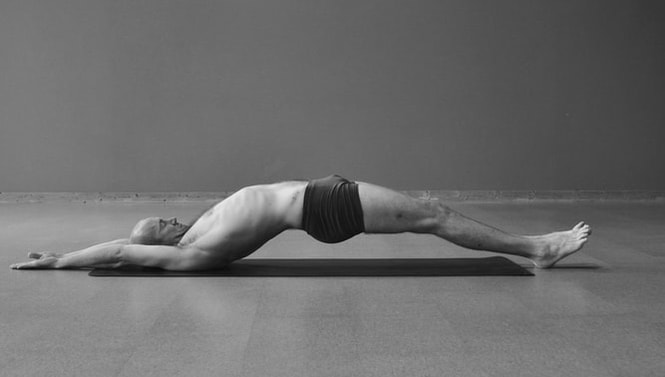
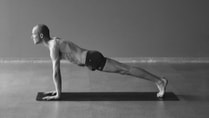
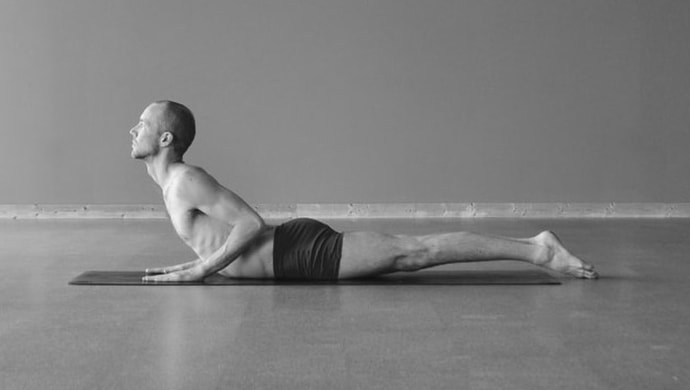
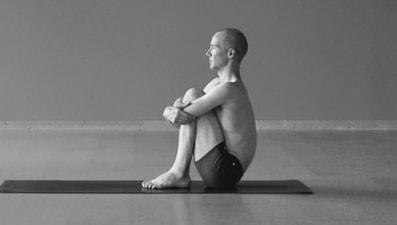
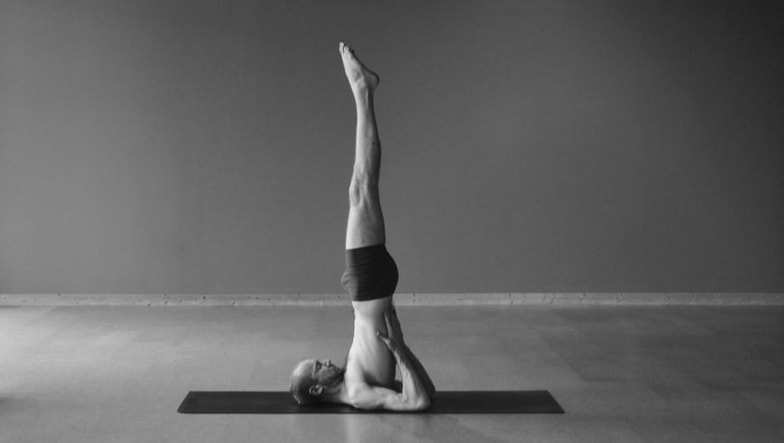
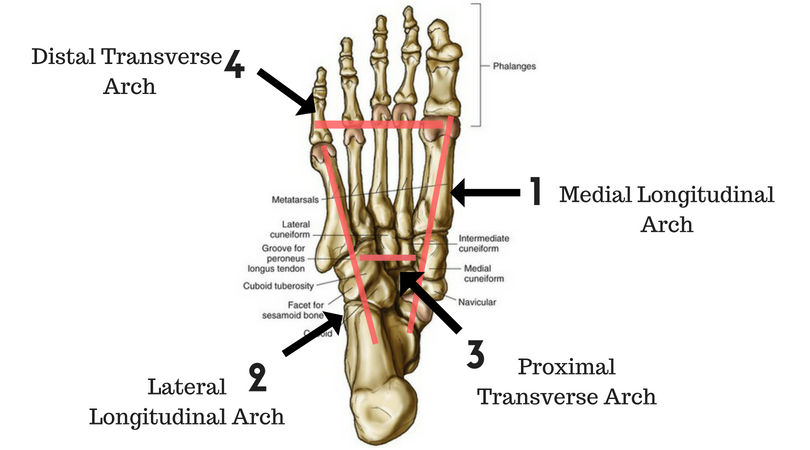
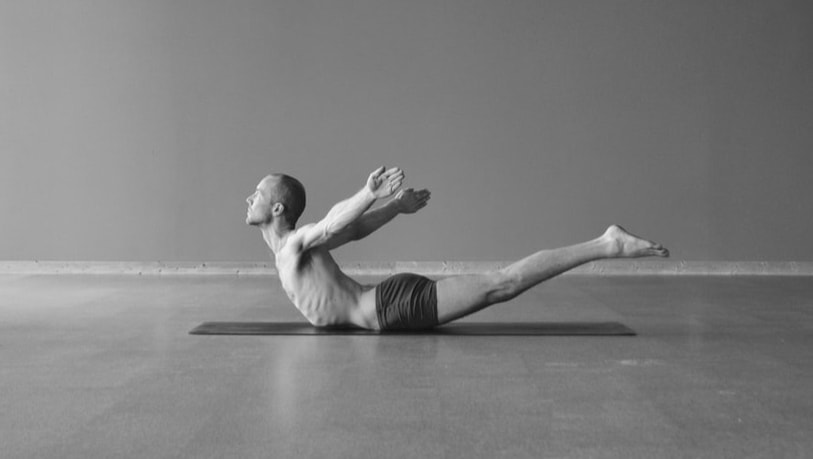
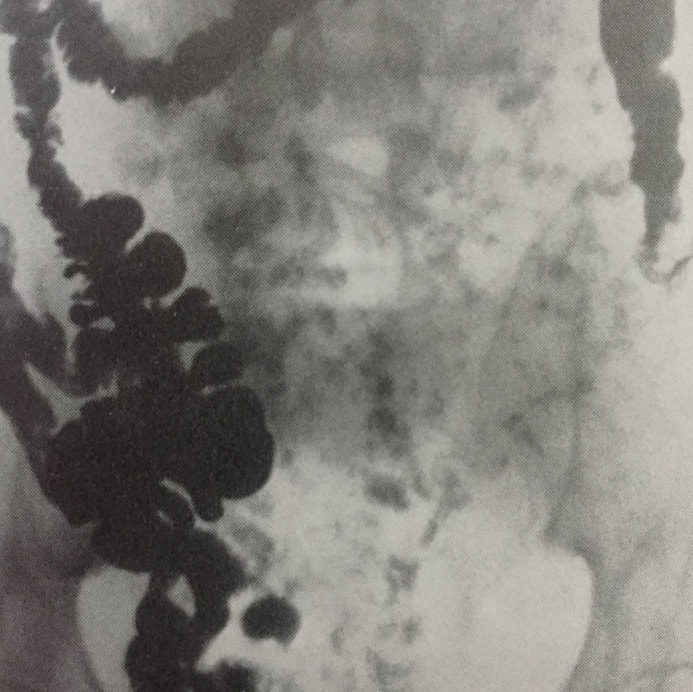
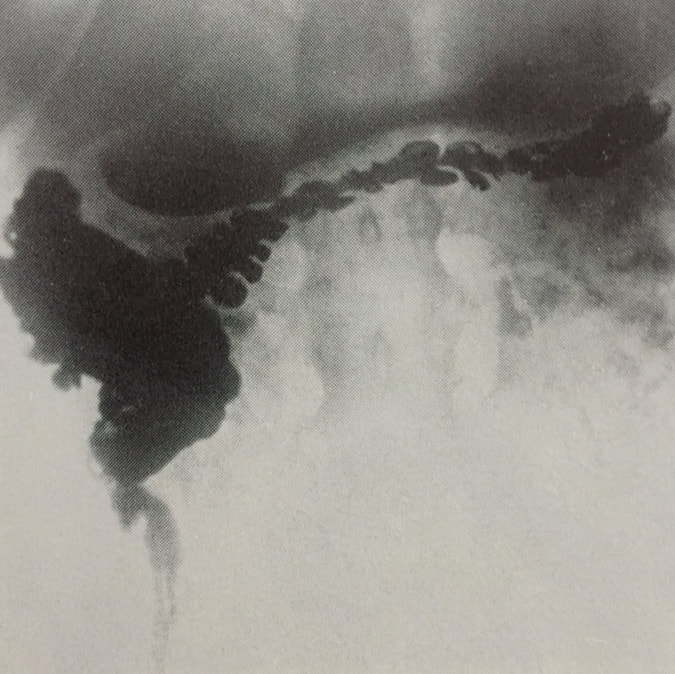
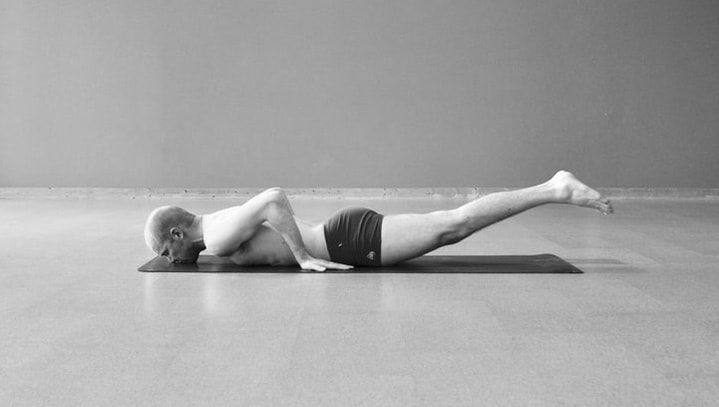
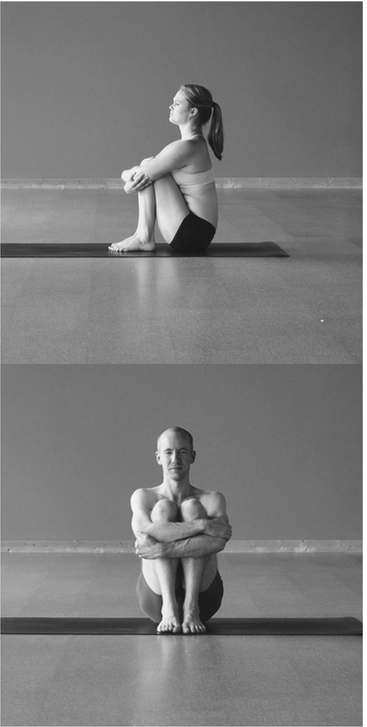
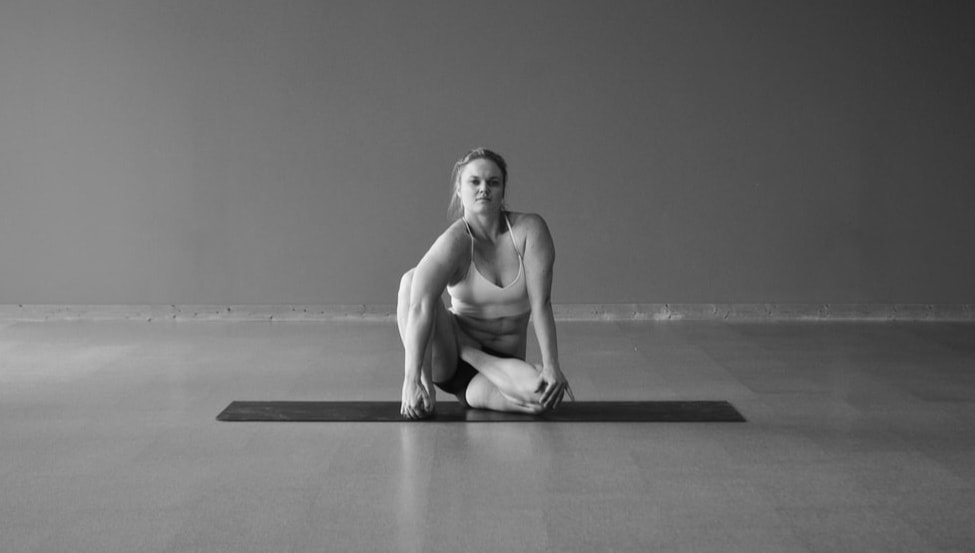
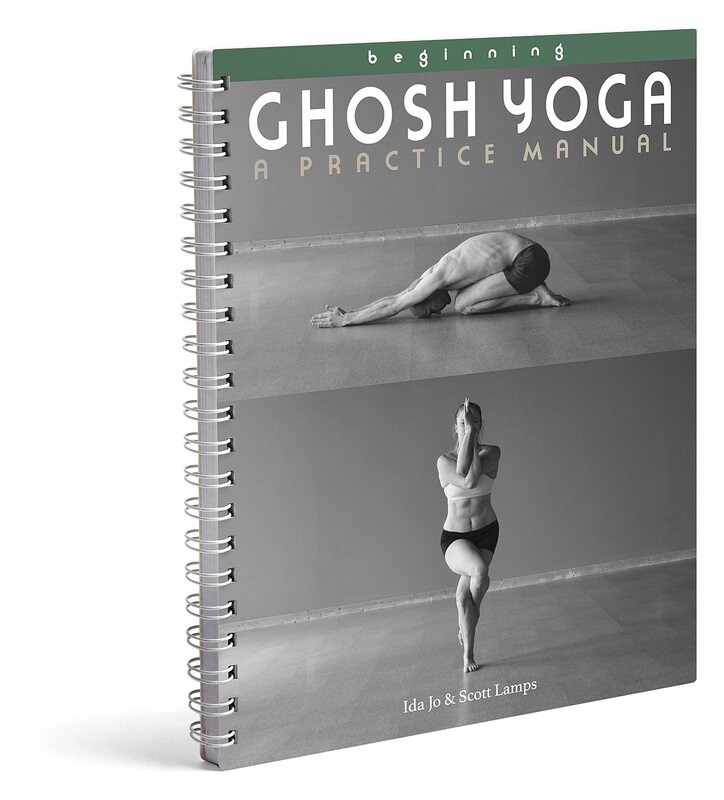
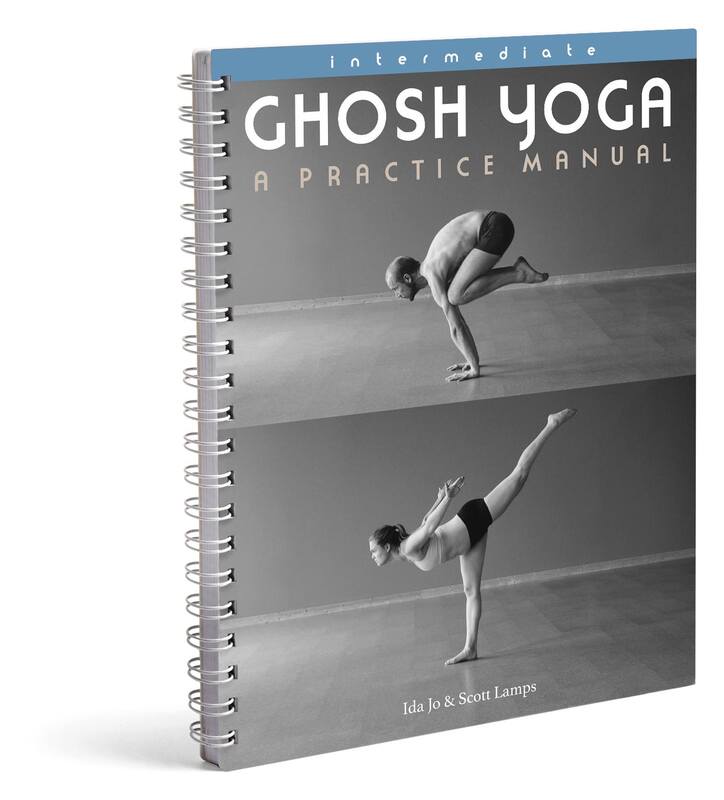
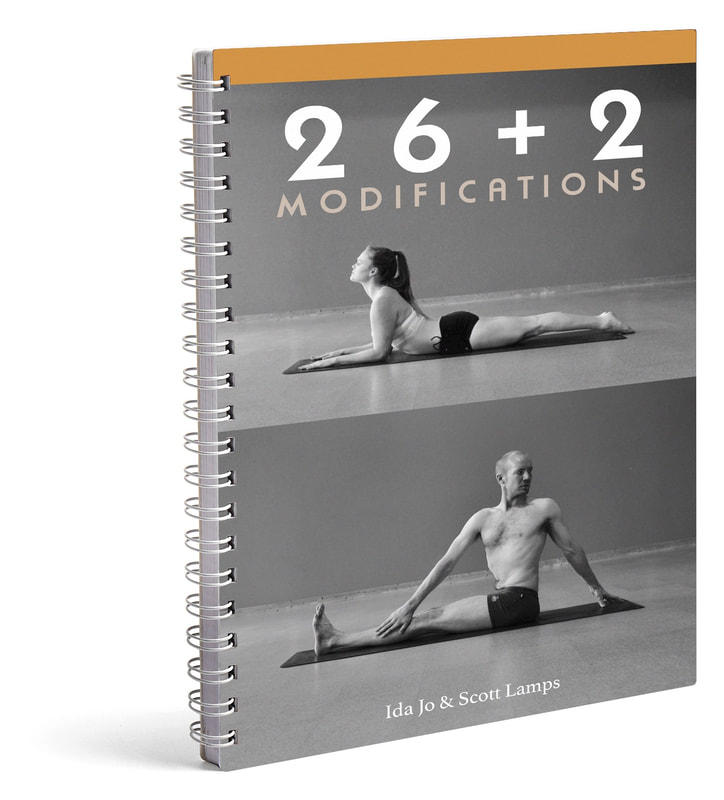
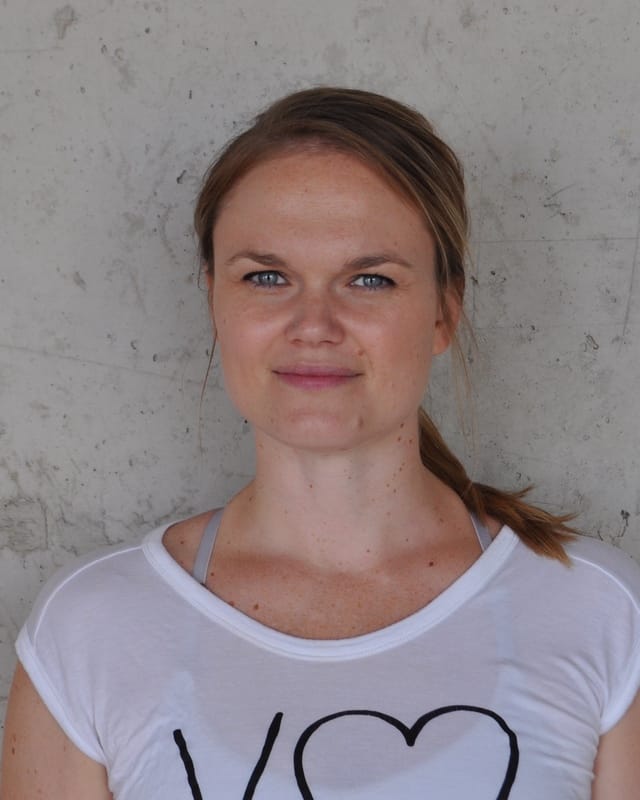
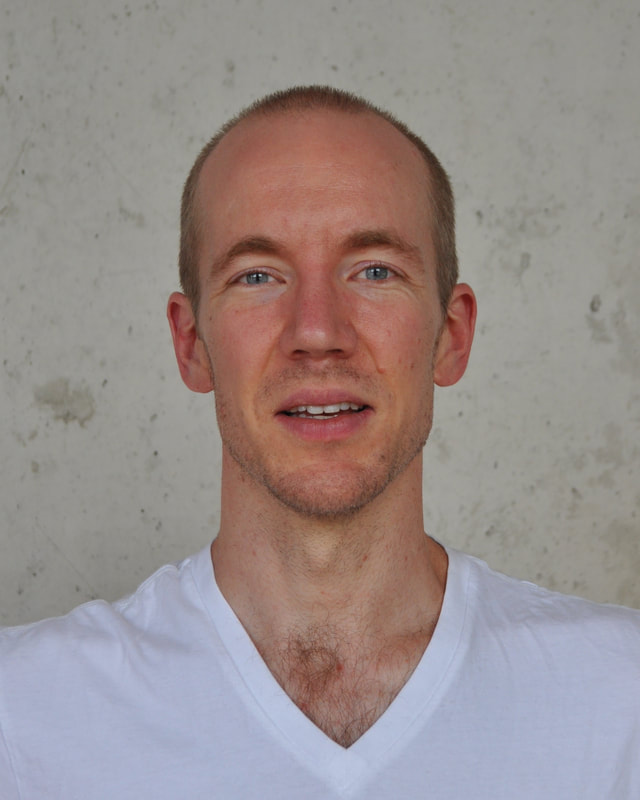
 RSS Feed
RSS Feed